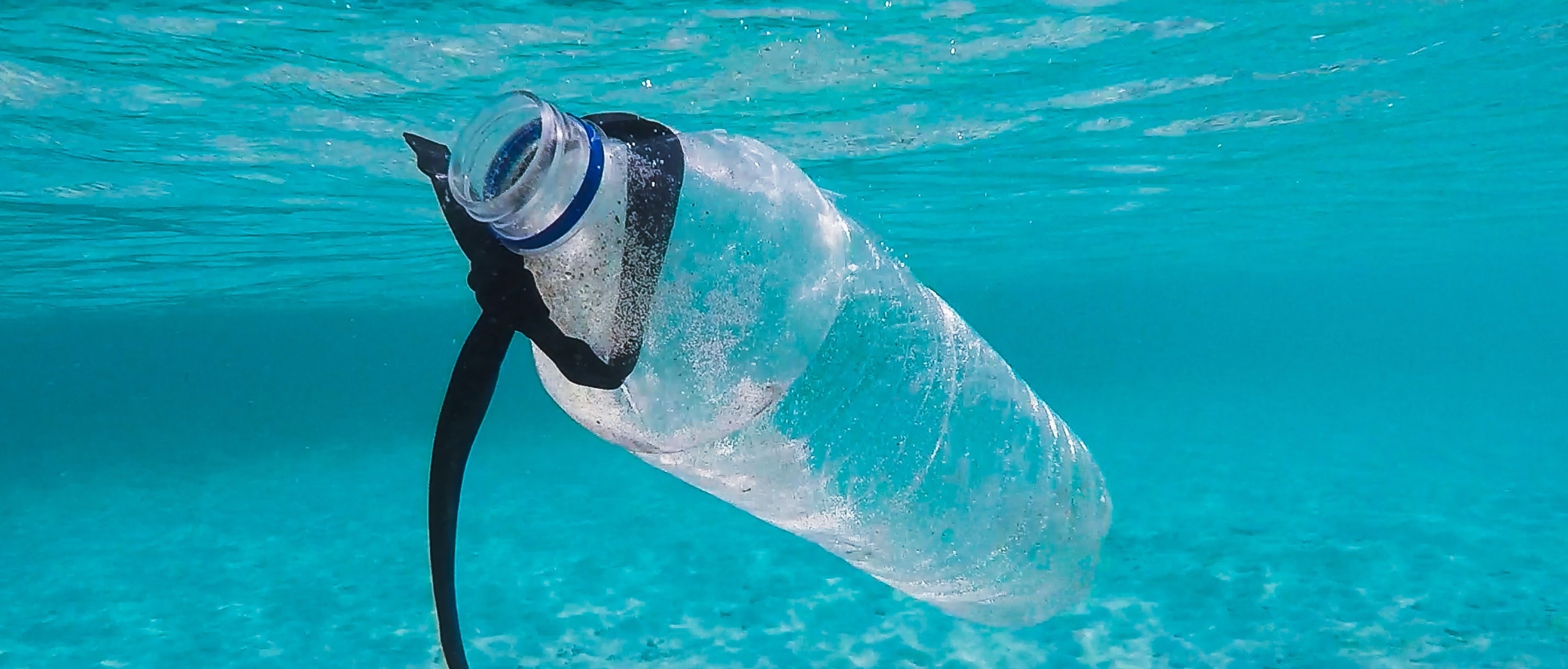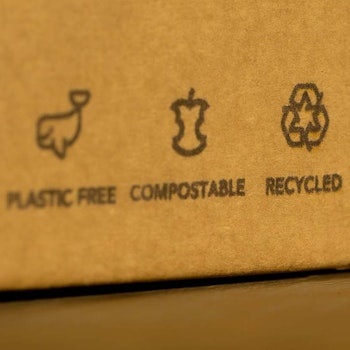
The world is on fire. Outside my apartment in Berlin it is 37 degrees, London was 40 degrees yesterday and there are countless forest fires around the world. Yet multiple Tweets are saying that this will be the coldest summer for the rest of our lives. But what will people do about it? Will they finally change their behavior?
People find it easier to voice concerns about the environment than to do something about it in their lives. We know taking flights and eating meat ramp up our carbon footprint – but does that stop us doing it? Or actually lead to us curbing the frequency that we engage in these behaviors? There is more plastic in the sea than ever before and we are recycling it less. Only about 5% is recycled in the US. Why are we concerned but do nothing about our plastic use? Equally, despite experts reminding us of the high carbon footprint generated by the meat industry, a recent survey found that 1 in 10 men in the UK were so resistant to the idea of giving up meat that they would rather go to jail than do so!
The reality? The sustainable option isn’t always the easier one and it's always easier to say than do. Behavioral science has shown us how our behaviors are driven by forces often below our levels of conscious awareness: powerful habits, or behaviors triggered by our immediate environment and needs. These forces, unless understood and harnessed, can render sustainability subconsciously undesirable. Most of our daily routine decisions are made on autopilot, so while we may be concerned about the environment, we slink back into the familiar and comfortable. Or we may find the sustainable option requires spending more time or money than the traditional option.

The solution? Being realistic about human nature and don't simply believe good intentions! Accept some hard truths – we often put our own needs above the greater good. For example, while most people want to protect the natural environment, when making purchase decisions many will opt for the more economical option than the more ecological one.
Understand what drives people and use that as a hook to re-frame sustainable products and behaviours. Make it inherently appealing. Help brands and marketers to make sustainable goods with the right messaging that people want to buy into.
There are many forms that a potential solution can take, depending on the specifics of the product or service. The challenge could be one of packaging design, logo design, the need to develop new behaviors or habits or simply of reframing a choice using a tagline or image. In all of these cases neuro-based research can help develop a solution that is more likely to deliver real behavior rather than just stated good intentions.
This is because neuro methods - unlike traditional simply asking questions, as in traditional market research - can get into our deeper, non-conscious motivations. Uncovering more of the actual habitual and non-conscious triggers that drive our behavior. It measures the likely ‘Do’ and not just the ‘Say’.
One of the most frequent ways our clients use these methods is to assess which of a number of different creative ideas for a product, package, tagline or advertisement is the most likely to trigger action. Using Implicit Association measures we can measure the feelings, motivations, and associations that are automatically triggered by your creative solution. Uncovering which one is more likely to be successful. With our Fast Choice methodology we can measure the strength of different beliefs about your creative , a good indictor of how likely that belief is to drive their behavior. And by using eye-tracking we can measure which elements of a design are most attention grabbing and hence likely to have an influence on consumers.
Other research techniques also allow us to assess the potential for brands to own different visual assets that relate to sustainability, or to uncover subconscious points of resistance to more sustainable behaviors among your target audience.
If we understand better what connects with us non-consciously, that will help us nudge people toward both sustainable purchasing and behavior. By using this style of research, you’ll learn to go with your markets ‘gut feelings’ and start helping us all shift to a more sustainable future.





